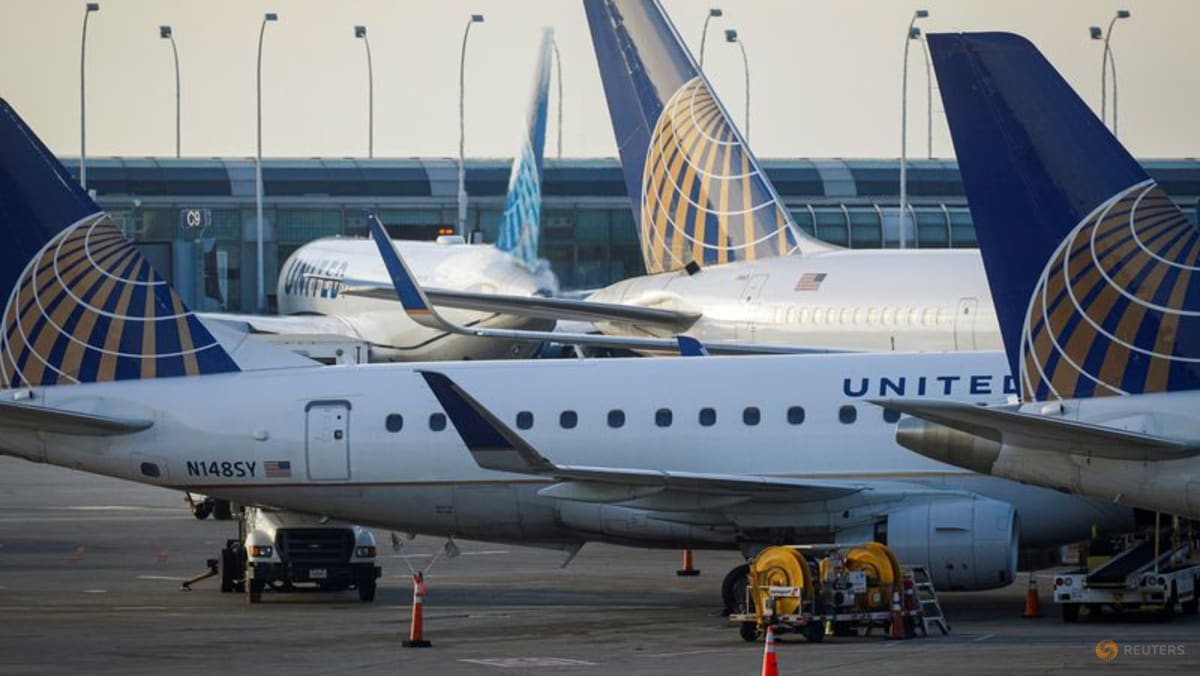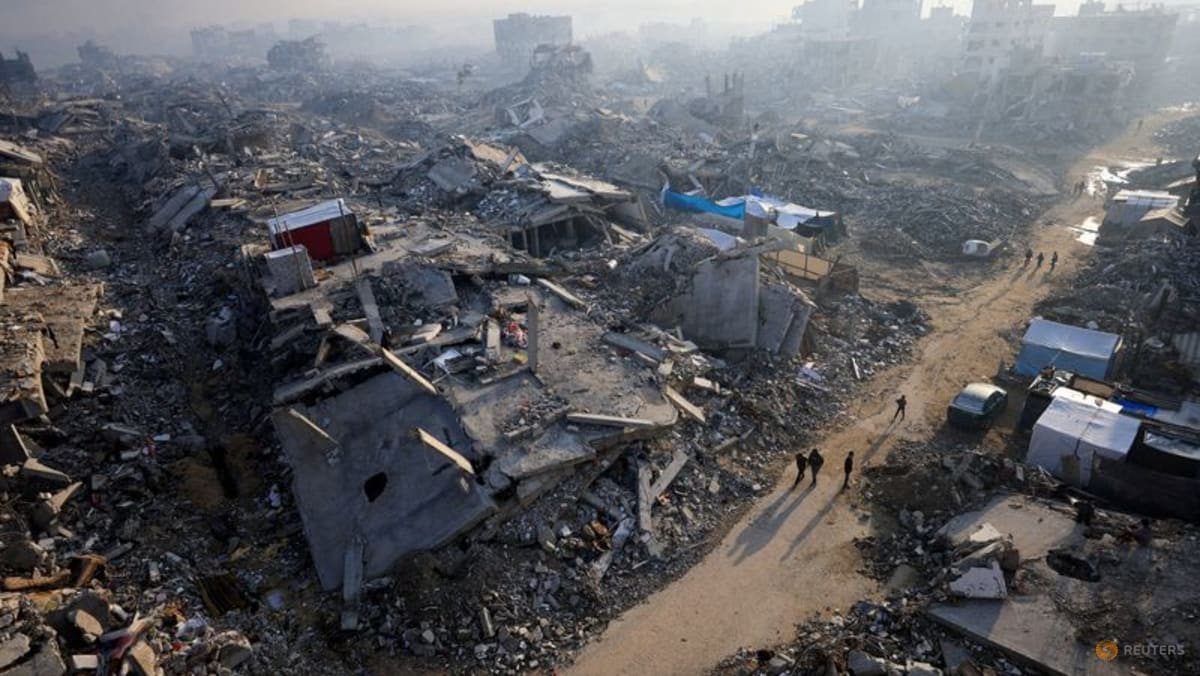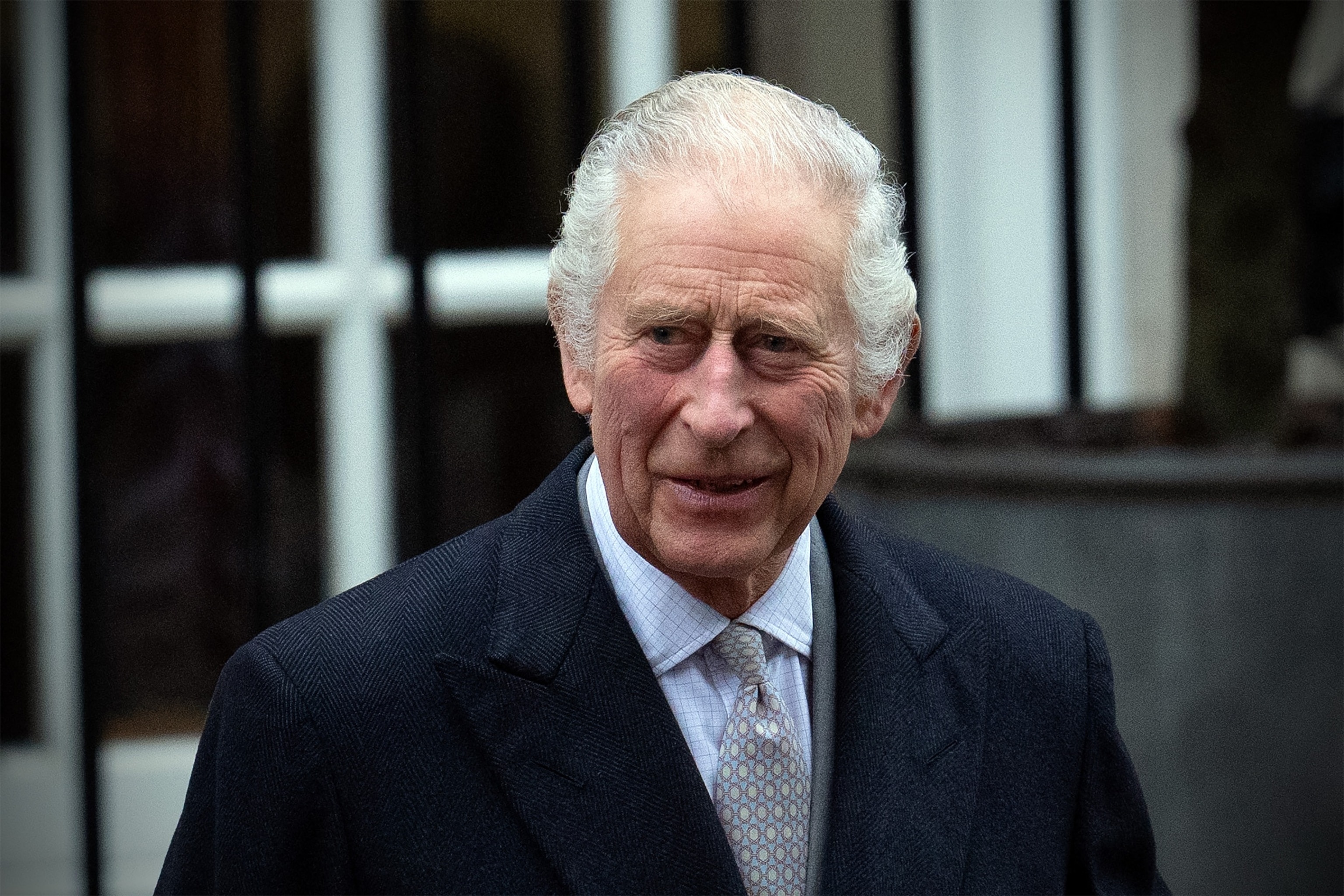White House warns shutdown could trigger holiday air travel chaos

WASHINGTON: The White House warned on Thursday (Oct 23) that the ongoing US government shutdown could cause major air travel disruptions over the holiday season, as thousands of aviation workers remain unpaid.
The 23-day shutdown has left about 13,000 air traffic controllers and 50,000 Transportation Security Administration (TSA) officers working without pay. Controllers are set to miss their first full paycheck on Tuesday.
“We fear there will be significant flight delays, disruptions and cancellations in major airports across the country this holiday season,” White House Press Secretary Karoline Leavitt said. “If Democrats continue to shut down the government, they will also be shutting down American air travel.”
Democrats rejected the claim, accusing President Donald Trump and Republicans of refusing to negotiate.
AIR TRAFFIC CONTROL STRAIN GROWS
Transportation Secretary Sean Duffy warned that air travel reliability could deteriorate as more controllers face financial hardship. “I can’t guarantee your flight will be on time or even depart,” he said, urging controllers to keep reporting for duty.
While the number of absences among controllers fell this week, disruptions persist. A US Department of Transportation official said absences accounted for 21 per cent of flight delays on Tuesday, compared with 53 per cent early in the shutdown.
House Speaker Mike Johnson said the Federal Aviation Administration lacks the funds to pay controllers and called on Democrats to back a Republican bill to reopen the government. The Senate is expected to vote Thursday on a measure to pay essential workers during the shutdown.
Democrats have demanded that any reopening deal include new healthcare subsidies to prevent insurance premium hikes under the Affordable Care Act.
Source: CNA















